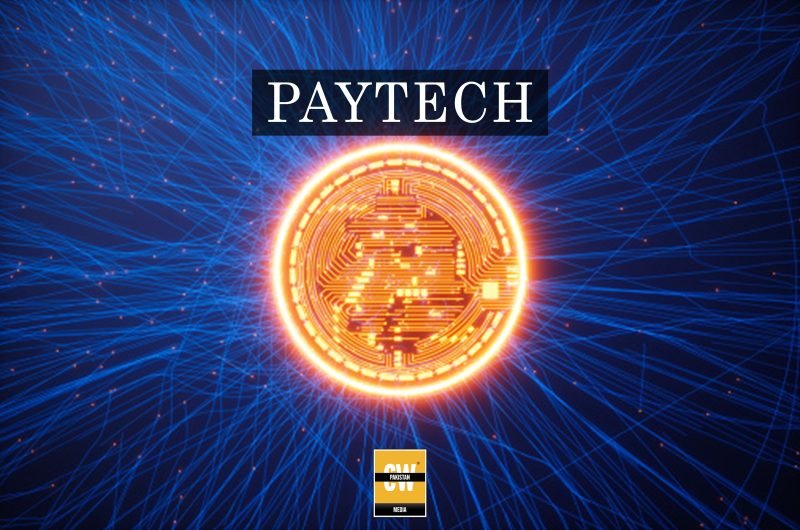The Roshan Digital Account (RDA) initiative continued to demonstrate resilience in July 2025, attracting inflows worth USD 185 million. According to data released by the State Bank of Pakistan (SBP), this figure reflects an increase compared to June’s inflow of USD 182 million, marking a modest but positive rise of USD 3 million. With this addition, the total cumulative inflows into RDA have now reached USD 10.748 billion since the program’s inception.
Launched in September 2020, the RDA scheme has become one of Pakistan’s most significant channels for mobilizing foreign investment and remittances from overseas Pakistanis. It offers expatriates a digital platform to invest in local assets, pay for services, and access financial products such as Naya Pakistan Certificates, mutual funds, real estate investments, and even vehicle financing. The initiative is viewed as a key driver in strengthening Pakistan’s external account and providing much-needed support to its foreign exchange reserves.
The latest figures show that while inflows have remained steady, the outflows in the form of repatriation and local utilization during July amounted to USD 154 million. This means the Net Repatriable Liability (NRL) of RDA increased by USD 31 million over the month. Analysts suggest that this balance between inflows and repatriations highlights both the attractiveness of RDA for investment and the liquidity pressures faced by Pakistan’s financial system.
The scheme has not only contributed to Pakistan’s financial stability but has also been instrumental in promoting digital financial inclusion. By providing overseas Pakistanis with access to digital banking channels, the program reduces barriers to investment and enhances confidence in the country’s financial system. The digital-first nature of RDA has helped modernize the banking experience for non-resident Pakistanis, aligning with broader fintech adoption trends in the region.
Experts also point out that the steady growth of RDA inflows reflects confidence in Pakistan’s financial infrastructure at a time when global markets remain uncertain. Even though inflows are relatively moderate compared to earlier peak months, the cumulative total of over USD 10.7 billion highlights the significance of this initiative for Pakistan’s economy. Policymakers view it as a long-term instrument for engaging the diaspora community, which plays a vital role in stabilizing the country’s external finances.
Beyond individual remittances, RDA has supported investment flows into Pakistan’s capital markets, government securities, and real estate sector. This diversified utility makes it more than just a remittance channel, positioning it instead as a comprehensive financial bridge between overseas Pakistanis and the domestic economy.
Looking ahead, SBP is expected to continue enhancing the RDA framework by introducing new investment avenues and improving digital infrastructure. As the government pushes for greater digitization of financial services, the role of RDA in integrating fintech solutions, ensuring secure payment gateways, and facilitating cross-border digital transactions is likely to expand.
With inflows crossing the USD 10.7 billion milestone, RDA stands as one of Pakistan’s most successful digital banking initiatives. Its sustained momentum in July, despite global economic challenges, reaffirms its importance as a cornerstone of Pakistan’s strategy to attract foreign capital and strengthen financial resilience.









